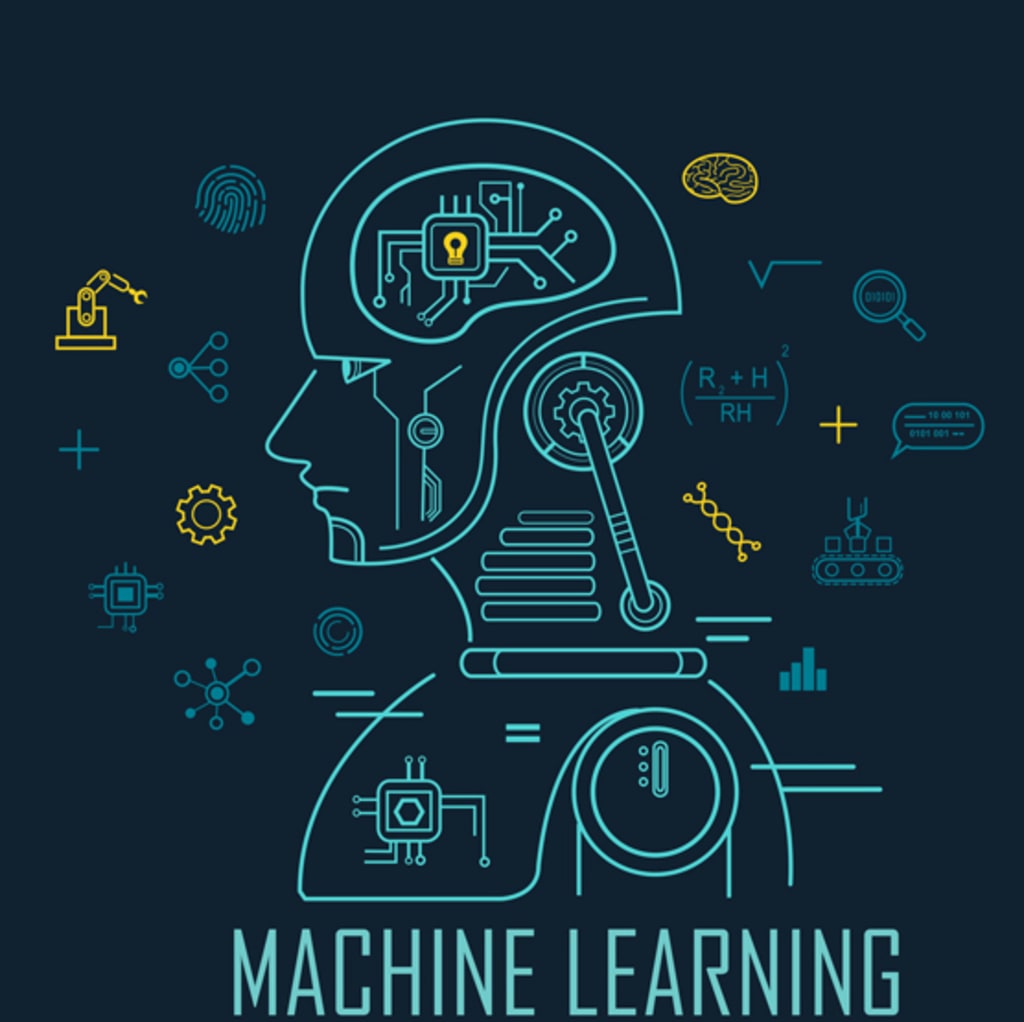Types of Machine Learning Algorithms Explained: A Guide for the Data Science for Managers Course
This blog explains the machine-learning algorithm

As managers entering into the field of data science, it's pertinent to learn about different types of machine learning algorithms. These algorithms are actually at the heart of data-driven decision-making or predictive analytics. In this series of blogs, we will discuss various kinds of machine learning algorithms and their application, and explain their relevance to our Data Science for Managers course.
What is Machine Learning?
Machine Learning is a subset of Artificial Intelligence that deals with training algorithms to enable them to learn from the data itself and hence make a prediction or decision without explicit programming. These algorithms can, in general, be classified into three types: Supervised learning, Unsupervised learning, and Reinforcement learning.
1. Supervised Learning
The most frequent type of machine learning is supervised learning. A model is trained on a labeled dataset; each input is associated with the corresponding output. The method teaches the model to map inputs onto outputs so that it can predict new and unseen data.
Common Algorithms for Supervised Learning:
- Linear Regression: This algorithm predicts a continuous target variable.
- Logistic Regression: Such algorithms deal with binary classification problems.
- Decision Trees: Tree-like model used for classification and regression tasks.
- Support Vector Machines (SVM): This is used in the classification task. The algorithm finds the best hyperplane to separate classes.
- K-Nearest Neighbors (KNN): Based on one of the simplest algorithms, it assigns a label to new data points by classifying them according to the majority vote of their nearest neighbors.
- Random Forest: An ensemble technique aimed at generalizing accuracy by preventing overfitting through votes of Multiple Decision Trees.
Applications:
- Linear Regression: Sales or revenue prediction
- Logistic Regression: Spam email detection
- Decision Trees: Customer segmentation
- SVM: Image recognition
- KNN: Recommendation systems
- Random Forest: Fraud detection
2. Unsupervised Learning
Unsupervised learning is the process of training a model where the data used does not have labeled outputs. The aim is to detect patterns or structures in the data, useful for exploratory data analysis.
Common Algorithms in Unsupervised Learning:
- K-Means Clustering: A method of partitioning data into K distinct clusters of similar items.
- Hierarchical Clustering: A method that creates a tree of clusters according to a bottom-up or top-down approach of the hierarchy.
- Principal Component Analysis (PCA): It linearly transforms the information to a reduced number of dimensions, maintaining as much information as possible.
- Apriori Algorithm: An algorithm for Market Basket analysis that is aimed at finding the rules relating to items frequent in the database.
Applications:
- Customer segmentation. This can be done by K-Means Clustering.
- Hierarchical clustering of genes.
- Reduce the complexity of datasets (PCA).
- Items that are frequently bought together (Apriori Algorithm).
3. Reinforcement Learning
Reinforcement learning refers to that type of machine learning whereby an agent learns to make decisions in an environment by executing actions and trying to maximize the cumulative reward. It is quite especially useful in decision-making cases where it has a sequence and delayed outcomes.
Common Algorithms in Reinforcement Learning:
Q-Learning: Value-based method to retrieve the optimal policy within a Markov decision process.
- Deep Q-Networks (DQN): Algorithm of Q-learning combined with deep learning to attend high-dimensional state spaces.
- Policy Gradient Methods: Direct policy optimization by means of learning the probability distribution of the actions.
Applications:
Game playing using Q-Learning and DQN
Robotics using Policy Gradient Methods
Autonomous vehicles using Q-learning and Policy Gradient Methods
Importance for Managers
Knowing these types of machine learning algorithms is important for managers because of the following reasons:
1. Informed Decision Making: Knowledge of machine learning algorithms will allow managers to make an informed decision on picking the right technique for a particular business problem.
2. Resource Allocation: Managers are in a better position to have enhanced organization of resources as they fully understand the algorithm complexity and computational needs.
3. Strategic Planning: This enables a manager to plan the integration of machine learning in all business processes strategically, which aligns it with the overall goals of the business.
Conclusion
The Data Science for Managers course is designed to make managers familiarize themselves with the basics of machine learning algorithms, their Applications, and how different types of algorithms—supervised, unsupervised, and reinforcement learning—work. Equipped with this understanding, a manager is better positioned to lead data-driven initiatives and take his organization toward greater success in this age of data.
Whether it's about predicting customer behavior, segmenting markets, or optimizing operational processes, it is rightly acquired knowledge of the machine learning algorithms that will empower you to exploit the full potential of data science in your managerial role.
About the Creator
Fizza Jatniwala
Fizza Jatniwala, an MSC-IT postgraduate, serves as a dynamic Digital Marketing Executive at the prestigious Boston Institute of Analytics.
Enjoyed the story? Support the Creator.
Subscribe for free to receive all their stories in your feed. You could also pledge your support or give them a one-off tip, letting them know you appreciate their work.





Comments (1)
Well explained Fizza!